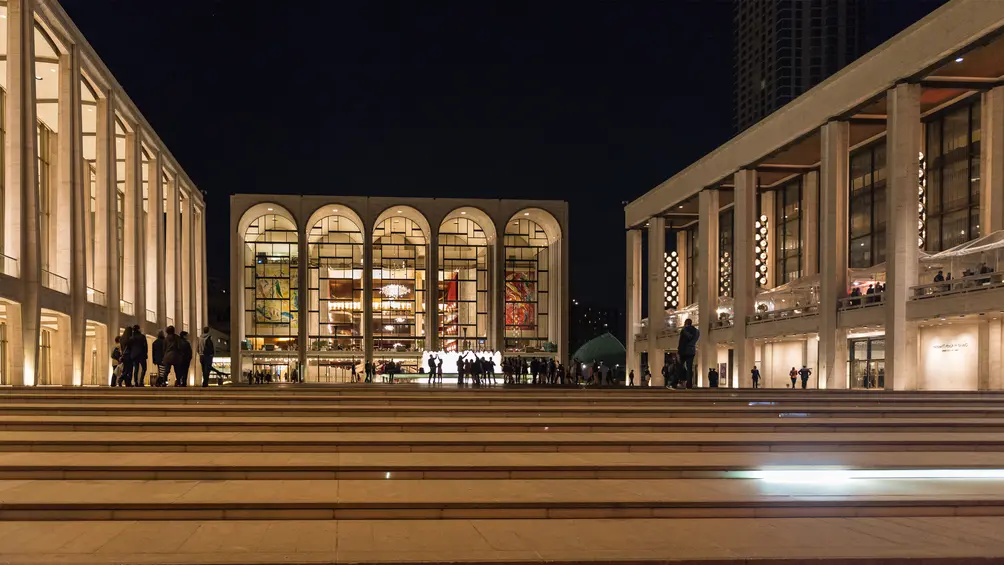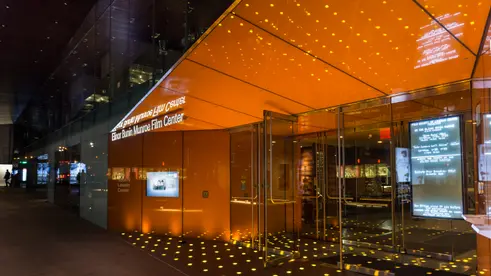
Bounded by 59th Street, 70th Street, Columbus Avenue and West End Avenue, the Lincoln Center neighborhood is most closely tied to its namesake - Lincoln Center for the Performing Arts - the 16.3-acre cultural hub that gave birth to the area's renaissance and is now home to the Metropolitan Opera, New York City Ballet, and the Julliard School, to name a few.
Once the garbage-riddled setting of the iconic musical "West Side Story", Lincoln Center began its transformation from slum to high-society epicenter in 1959, when President Dwight D. Eisenhower broke ground on the Lincoln Center Urban Renewal Project, consisting of 17 blocks previously inhabiting the San Juan Hill neighborhood of tenements and light manufacturing.


One of the first high-end residential buildings to open in the area was One Lincoln Plaza, a 43-story condominium with 663 apartments completed in 1974. Other buildings soon followed suit, including The Alfred, a 38-story building at 161 West 61st Street, and 3 Lincoln Center at 160 West 66th Street, the only residential building located within the Lincoln Center of Performing Arts complex.
Now fully developed as a residential neighborhood, the Lincoln Center area is in the midst of a second burst of activity. Most notably, in 2006, Lincoln Center underwent a $1.4 billion dollar renovation spearheaded by Diller Scofidio + Renfro. The re-imagined spaces brought a fresher appearance and modernized amenities to the cultural hub. Additional plans are underway for the redevelopment and expansion of Lincoln Center's Fordham University campus.

Along the Broadway spine, the completion of several residential towers by developer Millennium brought a new retail renaissance to the area, with the opening of popular brands such as Apple, Wegmans, and an IMAX movie theater as well.
The area is also a short distance from the Deutsche Bank Center, a luxury condominium complex which includes a sprawling mall with high-end stores and top restaurants such as Masa and Per Se on its lower floors. The Lincoln Center is served by 1, 2 and 3 trains at 72nd Street; the 1 train at 66th Street; and the Columbus Circle station, providing service via the A, B, C, D, and 1 trains.
